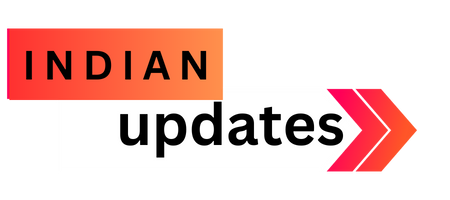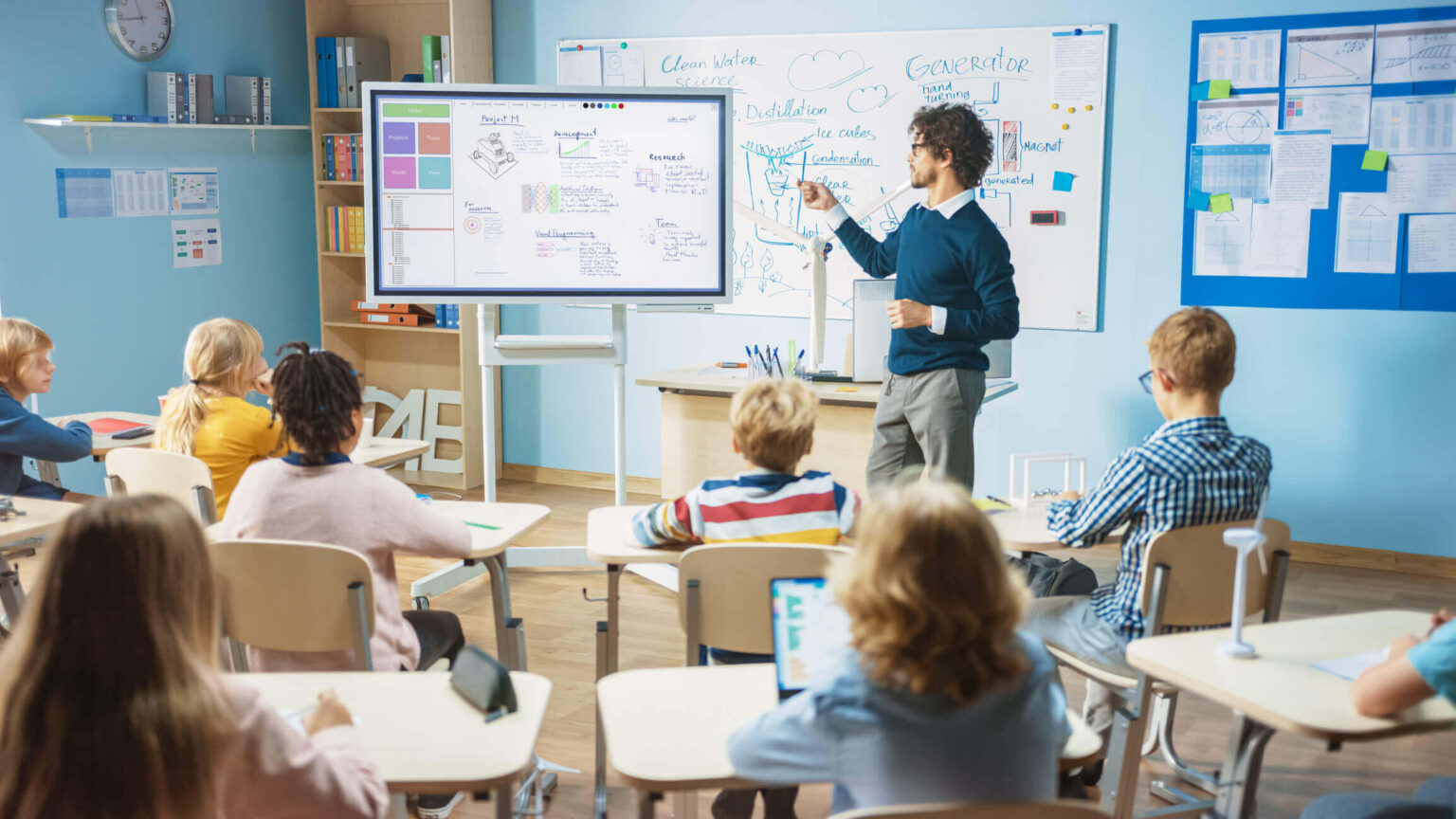The evolution of educational tools has drastically altered how teaching and learning occur in classrooms. The journey from the traditional chalkboard to the modern smartboard marks a significant leap in how students and teachers interact with knowledge. Each stage of technological advancement has brought a new way of learning, enhancing engagement, accessibility, and the overall …
From Chalkboards to Smartboards: The Evolution of Education
March 10, 2025
Education has undergone a remarkable transformation over the years, evolving from traditional chalkboards to modern smartboards and digital learning environments. As technology continues to advance, classrooms worldwide are embracing new tools that enhance teaching and learning experiences.
The Chalkboard Era
For over a century, chalkboards were the primary tool for teaching in classrooms. Teachers used chalk to write lessons, explain concepts, and engage students. While effective, chalkboards had limitations, such as dust, smudging, and the need for frequent cleaning. Despite these drawbacks, they remained a staple in education for generations.
The Shift to Whiteboards
In the late 20th century, whiteboards began replacing chalkboards in many schools. These boards, used with dry-erase markers, eliminated chalk dust and allowed for a cleaner writing experience. Whiteboards made it easier for teachers to present lessons clearly and quickly erase content without residue. This transition marked a step toward modernizing classrooms.
The Rise of Smartboards and Digital Learning
The early 2000s saw the introduction of interactive smartboards, revolutionizing the way teachers deliver lessons. Smartboards, equipped with touch-screen technology, enabled interactive learning by allowing students to engage with digital content. Teachers could display videos, conduct quizzes, and use educational software to make lessons more engaging.
With the rise of the internet and digital education tools, learning became more accessible. Virtual classrooms, e-books, and online resources provided students with limitless knowledge beyond textbooks. The COVID-19 pandemic accelerated this shift, making remote learning a necessity and increasing the reliance on digital platforms like Zoom, Google Classroom, and Microsoft Teams.
The Future of Education
Today, artificial intelligence (AI), virtual reality (VR), and augmented reality (AR) are shaping the future of education. AI-powered tutors assist students with personalized learning, while VR and AR create immersive experiences for subjects like history and science. As technology continues to evolve, education is expected to become even more interactive, inclusive, and accessible.
From chalkboards to smartboards and beyond, the evolution of education reflects society’s commitment to improving learning experiences. As technology advances, classrooms will continue to adapt, ensuring students receive a modern and dynamic education.

